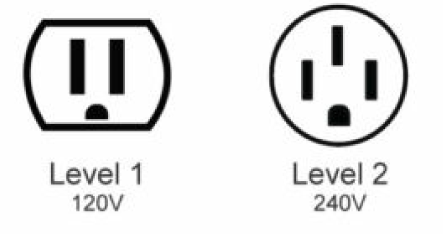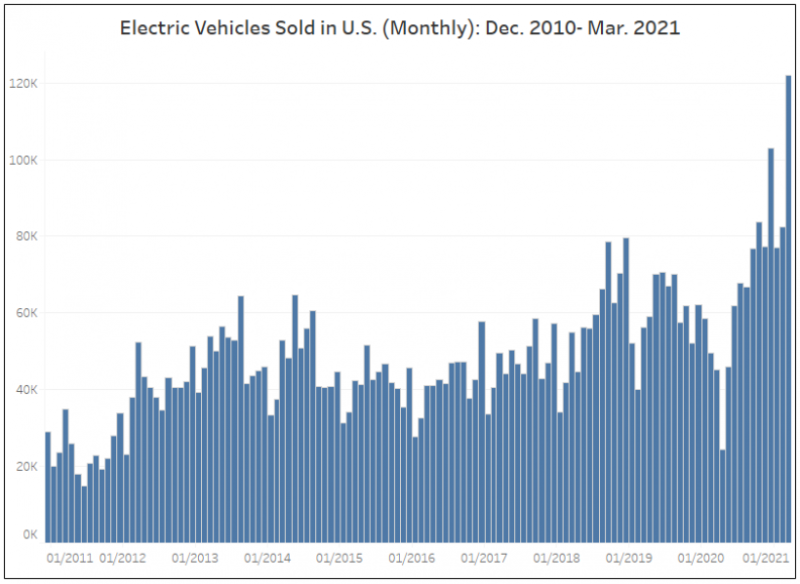Electric Vehicle Charging: Pt. 1
January 3, 2024 Newsroom
With electric vehicles (EVs) becoming more prevalent on the roads across New York, providing charging infrastructure to support the rapid expansion is becoming a priority. The industry will likely need to invest billions of dollars into the charging infrastructure within the next 10 years, but how do EV chargers work to begin with? And what are codes actually requiring?
How to EV chargers work?
EVs use batteries as their energy source, replacing the standard gasoline tank. Battery capacity is measured in kilowatts-hours (kWh), which is analogous to the size of a gasoline tank. The efficiency of the battery to move the vehicle is measured in kilowatts (kW). Typical batteries in electric vehicles today can span anywhere from 25 to 200 kWh. Which for the larger battery, depending on driving conditions, could translate to approximately 500 miles per charge. The larger the battery, the further the EV can travel between recharging.
Charging stations are essentially gas pumps for your vehicle, but rather than filling up with gas, you charge your vehicle’s battery similar to how you would any other battery powered device.

The power grid uses alternating current (AC), soc each EV contains a power supply and rectifier/inverter to convert the grid power into a usable form of energy for the car’s direct current (DC) battery. The most common forms of EV chargers available today are:
- Type 1: uses 120V power
- Type 2: uses 208/240V power and chargers substantially faster than Type 1
What are codes requiring?
New York State has one of the most aggressive climate and clean energy initiatives in the nation starting with the Climate Leadership and Community Protection Act signed into legislature in 2019. In addition to goals in renewable energy and electrical generation, the climate act has a goal of reducing greenhouse gas emissions by 40% by 2030 and 85% by 2050. In an effort to reach these milestones, New York State has been encouraging residents to purchase EVs through more than 137,000 types of Drive Clean Rebates. But with this many new EVs, how are people supposed to charge them?
Most charging currently takes place in homes, since cars can be charged overnight, however, with the increase in vehicles, more charging options are required including workplace and high-speed public charging. The “EV Make Ready” program has been implemented to help EV charging station deployment by building and preparing the grid infrastructure needed to support the influx of EVs. The program is running through 2025, coinciding with New York’s goal of 850,000 zero-emissions vehicles by the end of that year.
In late 2021, the New York State Senate passed an act to modify the legislation regarding the requirement of EV charging stations and EV capable parking spaces. The new bill, officially in effect as of April 1 of this year, requires new construction that includes dedicated off-street parking (a garage, driveway, parking lot, etc.) to have a designated amount of EC capable and EV charging station spots dependent on the size of the building.
While similar regulations are not yet in place for existing buildings, there is a strong possibility they will be included in the near future. Building owners should being to consider adding the necessary infrastructure to prepare their buildings for the inevitable regulation updates now. By adding this infrastructure and the chargers themselves now, buildings may be entitled to rebates from different government agencies for working toward a “green building: as well as increase the building’s appeal to potential residents.
The Collado Engineering team is continuously monitoring all new information regarding EV charging infrastructure and can serve as your advisor while navigating the updates. Electric Vehicle Charging: Pt. 2 will detail the importance of retaining a consultant to help guide you in making the most appropriate infrastructure upgrades for your building. However, please don’t hesitate to contact our team with any questions you may have in the meantime! |
